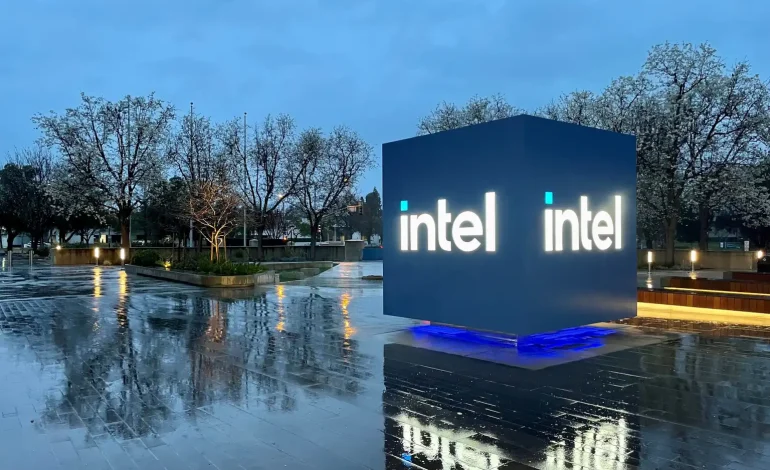Intel’s stock surged nearly 16% on Tuesday following reports that Broadcom and Taiwan Semiconductor Manufacturing Company (TSMC) are considering potential bids for segments of the company.
Broadcom is reportedly interested in Intel’s chip design business, while TSMC may seek a stake or full control of its manufacturing operations. Though no formal offers have been made, the speculation has reignited investor interest in the struggling chipmaker.
At the same time, Intel has been making notable progress. Its manufacturing division, a critical part of its long-term foundry strategy, has reached key milestones, and its newest chips have received strong early reviews. With the US government prioritizing domestic semiconductor production, Intel may be well-positioned for a turnaround—raising the question: Is selling now a mistake?
Intel has poured billions into revitalizing its US-based foundry business, despite the unit posting a $13 billion loss last year. The company’s next-generation manufacturing process, known as Intel 18A, is currently being tested by laptop manufacturers and could mark a major breakthrough. This process incorporates advanced transistor technology and a unique power delivery system, giving it an edge over competitors like TSMC’s upcoming N2 process.
Industry giants like Microsoft and Amazon have already contracted Intel to manufacture some of their custom AI chips, signaling confidence in its technology. If Intel’s foundry business succeeds, it could become a leading supplier in the AI era—making a sale to TSMC less appealing for long-term investors.
Former President Donald Trump has been a vocal advocate for strengthening US semiconductor production, a stance that could work in Intel’s favor. With increasing concerns about reliance on foreign chip manufacturers, both Trump and the Biden administration have pushed policies to incentivize domestic production. These efforts include potential tariffs and subsidies aimed at reducing dependence on overseas foundries like TSMC.
If Intel were to transfer its manufacturing operations to TSMC, shareholders could risk missing out on future government support, which may drive growth in the US semiconductor sector.
Intel’s latest processors have been well received, with early benchmark tests showing its new Arrow Lake-based Core Ultra 9 chip outperforming AMD’s Ryzen 9 by 7% in CPU performance. Compared to its predecessor, the i9-14900HX, the new chip is 34% faster overall, with a 9% boost in single-thread performance.
Unlike Intel’s AI-focused Lunar Lake chips, the Arrow Lake series is designed for high-performance computing tasks, making it attractive for professionals and content creators. As demand for traditional CPUs rebounds after a heavy focus on AI-related GPUs, Intel may be well-positioned to regain market share.
Intel’s stock has been volatile over the past four years, with dramatic swings in value:
- 2021: +6%
- 2022: -47%
- 2023: +95%
- 2024: -60%
Despite recent challenges, Intel’s stock is currently trading around $27 per share, roughly 22 times its projected 2025 earnings. Analysts estimate Intel’s fair value to be near this level, suggesting that selling now may not be the best move for long-term investors.
Forbes and the Street contributed to this report.










The latest news in your social feeds
Subscribe to our social media platforms to stay tuned